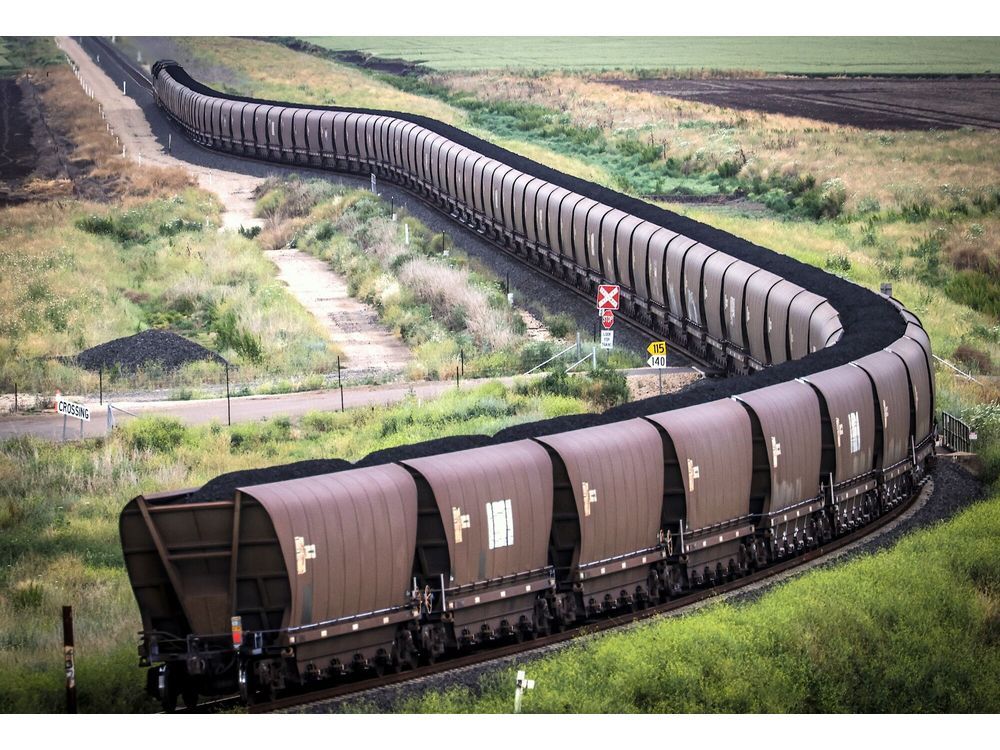What is Value at Risk?
Value at Risk (VaR) refers to a financial metric used in finance that investors use to estimate the risk of their investments. It involves measuring and quantifying the level of financial risk within investors’ portfolios for a specific period. However, it doesn’t only apply to portfolios. Businesses and companies may also use value at risk to estimate the level of risk within their businesses.
Through VaR, investors can measure the amount of potential loss that they could make in any investment portfolio for a specific time. Investors can also use it to estimate the probability of losing more than a specified amount in any given portfolio. In short, VaR is a measure of the risk of loss that investors face for any given investment.
What is the Value at Risk formula?
There are various methods that investors can use to calculate the VaR for any given investment for a specific time. These include the historical and variance-covariance methods. Investors can also calculate the VaR for an investment using Monte Carlo simulations. Using the historical method, investors can use the following value at risk formula.
Value at Risk = Vm (Vi / Vi – 1)
In the above formula, ‘Vi‘ represents the number of variables on a day, ‘i’. ‘m’ denotes the number of days from which historical data is taken. Under the variance-covariance method, the value at risk formula is as below.
Value at Risk = [Expected Weighted Return of The Portfolio) – (Z-Score of The Confidence Interval X Standard Deviation of Portfolio)] X Portfolio Value
What are the benefits of using Value at Risk?
Using value at risk has several advantages. Firstly, it is also easy to understand as it represents the degree of risk for any investment. Unlike other concepts, VaR provides a quantifiable measure of risk. Due to its ease of use, most investors use it as an accepted standard when investing. It further adds to its understandability.
Value at risk is also a concept that applies to almost every investment, such as stocks, bonds, commodities, etc. Therefore, it is a reliable tool for investors to assess the profitability of risk for different investments. On top of that, it allows for easier comparability of risks for various asset classes.
What is the limitation of Value at Risk?
Value at risk has some limitations which may hinder its use. Firstly, VaR makes some assumptions, which may not apply every time. For example, it assumes there is no trading in the portfolio. On top of that, there are three different methods that investors can use to calculate VaR. Each of these methods makes several assumptions and can provide varying results.
Lastly, VaR is historically well-known not to provide accurate results for large portfolios. It is because large portfolios have various assets. For each asset, investors have to calculate several figures, which may not be possible. Furthermore, the more of these calculations investors have to make, the less accurate the result obtained will be.
Conclusion
Value at risk is a financial metric that investors can use to estimate the risk of their investments for a specific period. Using VaR, investors can quantify the level of risk within their portfolios. There are three methods that investors can use to calculate the figure. Using VaR has several benefits. However, it also comes with some limitations.
Further questions
What's your question? Ask it in the discussion forum
Have an answer to the questions below? Post it here or in the forum



Australia’s new targets for carbon emission cuts by 2035 are expected to be delayed by several months as a result of Donald Trump’s return to the White House, likely pushing them out beyond the next election which is due to be held by May.

